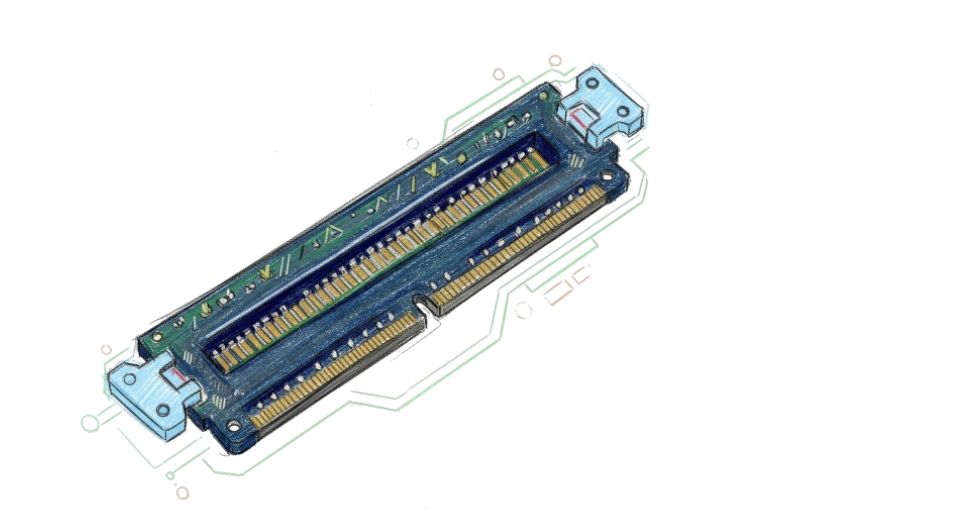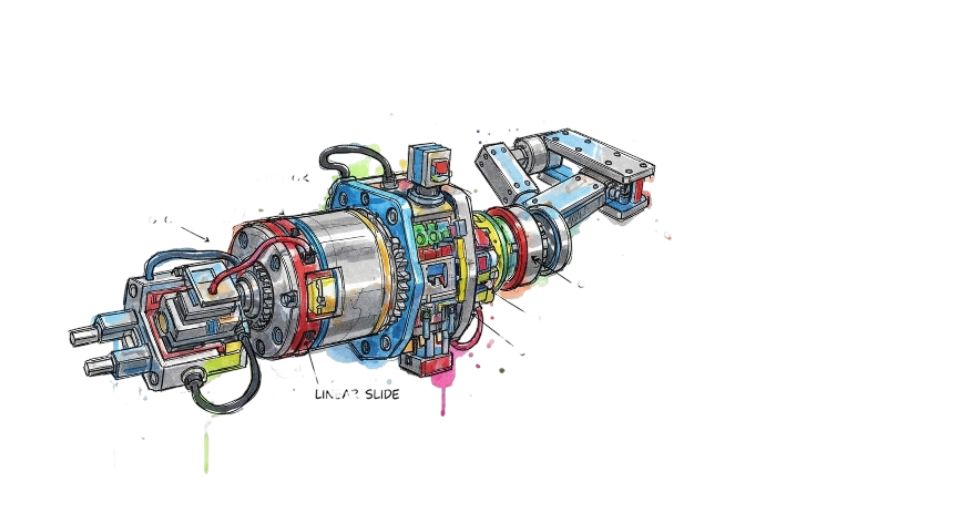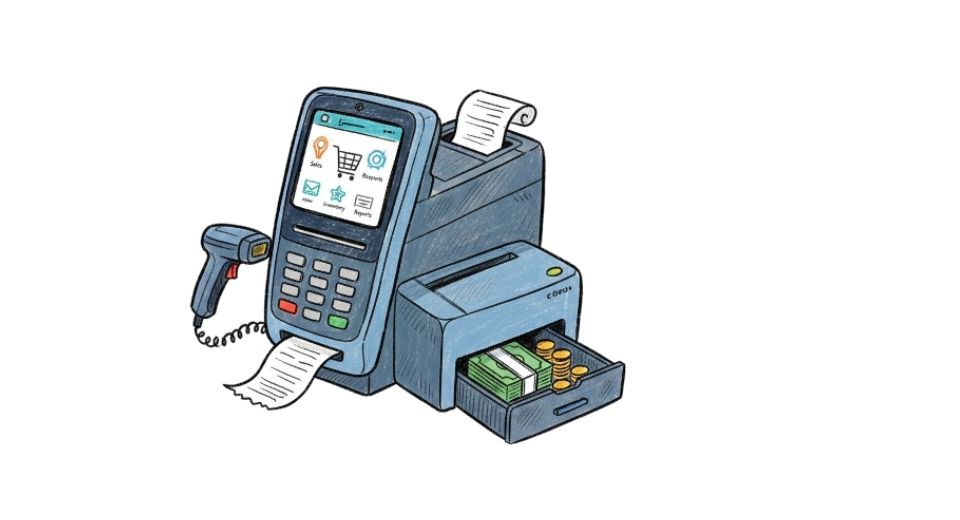MARKET OVERVIEW
The Global GDDR6 Market is gaining traction across various industries and applications. GDDR6 or Graphics Double Data Rate 6 is the latest generation of graphics DRAM memory technology, offering higher bandwidth and performance compared to previous standards. GDDR6 memory provides ultra-fast transfer speeds, lower power consumption, and greater capacity which makes it ideal for advanced graphics processing units (GPUs) used in graphics cards, game consoles, high-end computers, data centers, AI accelerators, networking equipment, and more. With data-intensive technologies like virtual reality, high resolution gaming, machine learning and 5G gaining momentum, the need for high bandwidth memory solutions like GDDR6 is rising significantly.
Some key factors driving the growth of the Global GDDR6 market include the proliferation of high-end gaming PCs and consoles, adoption in data centers for AI and graphics workloads, development of augmented reality and metaverse experiences, and the roll-out of 5G networks. Leading memory manufacturers like Samsung, SK Hynix and Micron are investing heavily in scaling up GDDR6 production to meet increasing industry demand.
As GDDR6 continues to mature, its growing ubiquity across electronics sectors makes it a memory standard of great importance for the future. With its ability to handle massive data bandwidth, GDDR6 provides the cutting-edge performance needed to power next-generation immersive and intelligent technologies. The ongoing enhancements in speed, power efficiency, density and capacity ensure that the long-term outlook for the Global GDDR6 market remains positive.
Global GDDR6 market is estimated to reach $1,442.1 Million by 2030; growing at a CAGR of 24.7% from 2023 to 2030.
GROWTH FACTORS
The Global GDDR6 market has been experiencing significant growth, driven by several key factors. One of the primary driving factors is the increasing demand for high-resolution graphics. In today's digital age, high-quality graphics are in high demand, not only for gaming but also for various applications like video editing, 3D rendering, and virtual reality. GDDR6, with its high memory bandwidth and speed, caters to this demand, making it a preferred choice for graphics-intensive tasks.
Another crucial factor fueling the growth of the GDDR6 market is the emergence of AI and machine learning applications. AI and machine learning require substantial computational power and fast memory to process vast amounts of data efficiently. GDDR6 memory, with its high bandwidth, provides the necessary performance for these applications, making it an ideal choice for AI-driven tasks. As AI and machine learning continue to permeate various industries, the demand for GDDR6 is expected to surge.
Cost and affordability are also playing a significant role in the market's expansion. While GDDR6 offers exceptional performance, it has become more cost-effective over time. This cost reduction has made GDDR6 accessible to a broader range of applications and industries, including mid-range and budget-friendly devices. As a result, the market is witnessing increased adoption across a variety of products, from gaming consoles to smartphones.
Despite the promising growth prospects, the GDDR6 market faces challenges that might hamper its expansion. One such challenge is thermal issues. High-performance graphics and AI applications generate a significant amount of heat, which can affect the stability and reliability of memory modules. Thermal management solutions are essential to address these challenges, and manufacturers are continually working on innovative cooling solutions to ensure optimal performance and longevity.
Moreover, the automotive industry presents both opportunities and challenges for the GDDR6 market. Automotive infotainment and advanced driver assistance systems (ADAS) are becoming increasingly sophisticated, requiring high-performance memory solutions like GDDR6. However, the automotive industry also demands rugged and durable components that can withstand harsh operating conditions, including extreme temperatures and vibrations. Meeting these requirements while delivering the necessary performance poses a challenge for GDDR6 manufacturers.
Looking ahead, the GDDR6 market is poised for growth. The increasing demand for high-resolution graphics, the rise of AI and machine learning applications, and the improved cost-effectiveness of GDDR6 are propelling the market forward. However, thermal challenges and the specific demands of the automotive industry must be addressed to ensure continued success. As technology continues to advance, GDDR6 will likely find even more lucrative opportunities in the years to come, making it a key player in the world of high-performance memory solutions.
MARKET SEGMENTATION
By Type
The Global GDDR6 market can be dissected by type, with one notable segment being the 8GB category. In the year 2023, the 8GB sector had a substantial valuation, amounting to 81.2 million USD. Alongside the 8GB category, there are other notable segments, including the 16GB category and a catch-all "Others" category encompassing options like 24GB, among others. These distinctions are crucial in understanding the diverse landscape of the GDDR6 market and the preferences of consumers and industries. The market's dynamic nature is reflected in these segmentations, where the 8GB category holds its own against its counterparts.
Such segmentations allow businesses and consumers to make more informed decisions. Depending on the needs and applications, one may opt for the 8GB variant for cost-effectiveness, the 16GB for more demanding tasks, or delve into the "Others" category for specialized or unique requirements. The GDDR6 market thrives on its flexibility, offering a range of options to cater to various sectors and uses. The 8GB segment's valuation indicates its popularity and relevance, making it a significant player in the global GDDR6 market.
By Application
The Global GDDR6 market is a dynamic and expanding landscape, shaped by a variety of applications. One of the key aspects defining this market is its segmentation based on application.
High-performance Computing (HPC) stands as a significant segment within the Global GDDR6 market. In the year 2023, this segment held a valuation of 127 USD Million. HPC, known for its ability to process data at high speeds, finds applications in various fields, including scientific research, simulations, and artificial intelligence. The demand for GDDR6 in HPC applications is driven by the need for rapid data processing and seamless performance.
Another pivotal player in the GDDR6 market is the Gaming segment. In 2023, it accounted for a valuation of 124 USD Million. The gaming industry has seen remarkable growth with the rise of high-end gaming platforms and immersive gaming experiences. GDDR6, with its high bandwidth and efficient memory management, caters to the demands of modern gaming, ensuring smoother graphics, reduced latency, and enhanced overall gameplay.
Apart from HPC and Gaming, there are other applications within the Global GDDR6 market. These applications, collectively valued at 124 USD Million in 2023, represent a diverse range of sectors that benefit from the capabilities of GDDR6 memory. These sectors could include automotive, industrial, and networking, among others.
The Global GDDR6 market is multifaceted, with various applications driving its growth. The HPC segment, Gaming segment, and other applications all play crucial roles in shaping this market. As technology continues to advance and the demand for high-speed data processing remains on the rise, GDDR6 memory finds its place in a broad spectrum of industries, adapting to the evolving needs of a data-driven world.
REGIONAL ANALYSIS
In the expansive landscape of technology and its continuous evolution, the Global GDDR6 market has emerged as a significant player. This market's dynamics, influenced by geographical factors, offer a compelling perspective on the world of graphics memory. The Global GDDR6 market is not a singular entity; it's a diverse entity with geographical distinctions. It is partitioned into key regions, and this geographical division plays a pivotal role in shaping the market's character.
North America, being one of the prominent players in the GDDR6 market, is a region of considerable influence. It encompasses the United States and Canada, two nations at the forefront of technological advancements. The demand for high-performance graphics memory, such as GDDR6, is driven by the thriving gaming industry, data centers, and artificial intelligence applications.
Europe, another significant region in the Global GDDR6 market, has its own unique footprint. It includes countries like Germany, the United Kingdom, and France, known for their robust electronics and automotive sectors. These industries require powerful graphics memory solutions for applications like autonomous driving and complex simulations.
The geographical distribution of the GDDR6 market is a testament to the varying technological needs and preferences across different regions. North America, with its emphasis on cutting-edge innovation, drives a substantial share of the market. Meanwhile, Europe's focus on precision engineering and high-performance computing applications ensures a significant presence in the global landscape.
The global GDDR6 market, when viewed through a geographical lens, showcases the influence of regional dynamics. It underscores the importance of understanding and catering to the distinct demands and trends in different parts of the world. This geography-based approach is crucial for market players aiming to thrive in the diverse and ever-evolving world of graphics memory.
COMPETITIVE PLAYERS
The Global GDDR6 market is driven by leading memory and semiconductor manufacturers who are producing and supplying this high-speed graphics memory solution. Key players operating in the GDDR6 industry include Micron Technology and Samsung, among others.
Micron Technology is one of the dominant suppliers of GDDR6 memory. The company was the first to introduce GDDR6 in collaboration with Nvidia back in 2018. Micron leveraged its decades of DRAM design experience to engineer GDDR6 chips with significant gains in memory bandwidth speed and power efficiency. The company is now mass-producing GDDR6 using advanced process technologies at its fabrication facilities.
According to Micron, its GDDR6 memory can achieve up to 16Gbps data transfer rates while consuming 10% less power compared to predecessor GDDR5 memory. Micron offers GDDR6 solutions tailored for graphics cards, networking devices, high performance computing and other data-intensive applications that need memory bandwidth up to 578GB/s. The company continues to invest in GDDR6 research to refine its performance and capabilities.
Samsung is another leader in GDDR6 manufacturing and has been instrumental in accelerating market adoption across consumer electronics and enterprise segments. As a key supplier to major GPU vendors, Samsung’s GDDR6 portfolio enables graphics memory sub-systems with speeds up to 16Gbps per pin, while lowering energy consumption.
Samsung’s GDDR6 memory has been integrated into high-end graphics cards from Nvidia, AMD, and Intel. Its technical competitiveness comes from proprietary optimizations in circuit design, TSV (through-silicon-via) technology, and solution engineering. Samsung continues to expand GDDR6 production to solidify its position as a top memory provider catering to long-term growth in data-intensive computing.
Backed by R&D expertise, high-volume manufacturing and strategic partnerships with customers, leading semiconductor companies like Micron and Samsung play an instrumental role in advancing GDDR6 memory technology to meet soaring market demand. Their continued innovation and supply capabilities will be crucial for unlocking GDDR6’s full potential.
GDDR6 Market Key Segments:
By Type
- 8GB
- 16GB
- Others (24GB, etc.)
By Application
- High-performance Computing (HPC)
- Gaming
- Others
Key Global GDDR6 Industry Players
- Micron Technology
- Samsung
- SK Hynix
WHAT REPORT PROVIDES
- Full in-depth analysis of the parent Industry
- Important changes in market and its dynamics
- Segmentation details of the market
- Former, on-going, and projected market analysis in terms of volume and value
- Assessment of niche industry developments
- Market share analysis
- Key strategies of major players
Emerging segments and regional growth potential








 US: +1 3023308252
US: +1 3023308252






